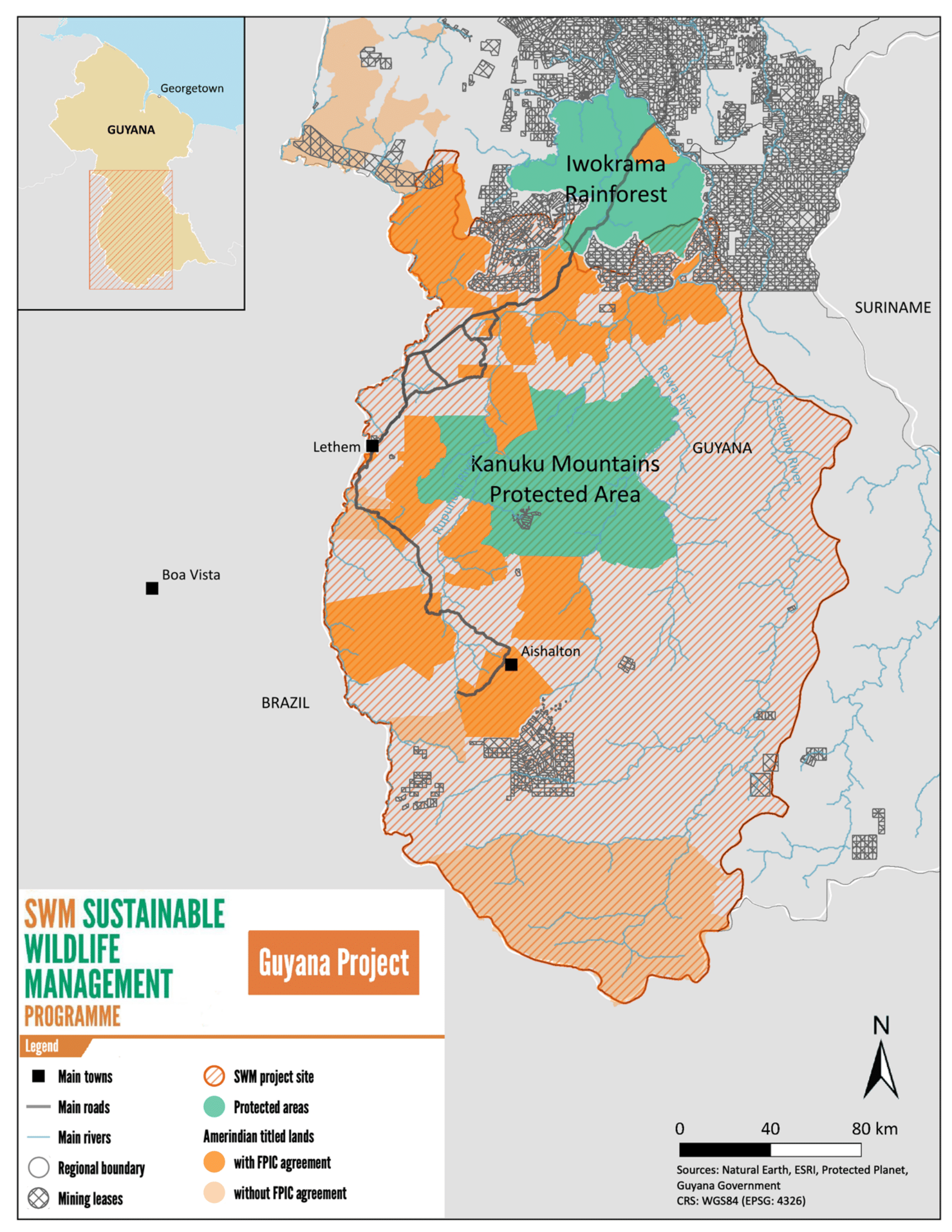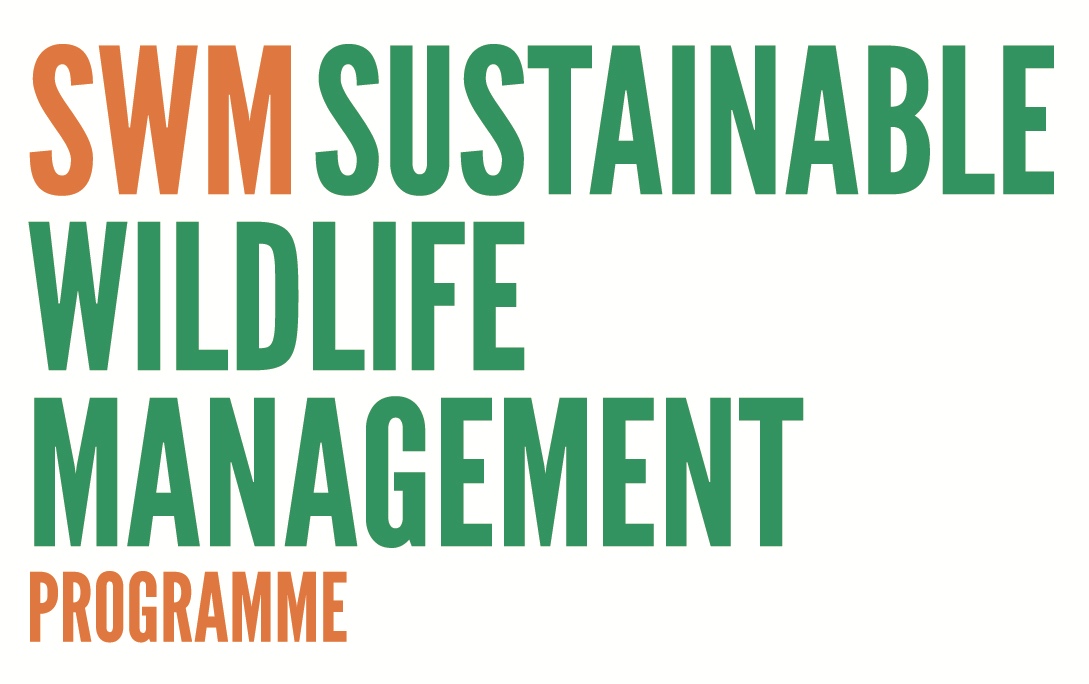The SWM project in Guyana
GUYANA
SWM PROJECT
The Rupununi Savannah is teeming with wildlife, including a large variety of bird species. Fish and wildlife are an integral part of the indigenous culture and diet. Traditional hunting and fishing practices are still common, despite the availability of beef and imported chicken. On the Coast of Guyana, wild meat and fish from the interior, including the Rupununi, are available for sale in local markets, restaurants and private homes.
Threats to the Rupununi’s rich biodiversity are increasing as the area becomes more accessible and new economic activities take off. The SWM project in Guyana is encouraging coordinated community-driven initiatives that support food security and traditional livelihoods. These will contribute to maintaining healthy fish and terrestrial wildlife populations. It is being implemented by the Guyana Wildlife Conservation and Management Commission in coordination with CIFOR.
DID YOU KNOW?
- Sand Creek held its second turtle festival, which hosted over 150 children from 7 communities.
- The online Guyana Legal Hub, allows anyone to access the tools and methodologies used to carry out the legal analyses of wildlife related regulations.
- A total of 86 100 chicks and 286 470 kg of feed has been supplied to the Rupununi since the beginning of the project. Additionally, every month, the Rupununi Livestock Producers Association (RLPA) supplies 46 local chicken farmers with chicks and supplies chicken feed to over 100 farmers.
- River Turtle Management Plan consultations have been completed across all 26 targeted villages within the Rupununi.
- In Northern and Central Rupununi, the SWM Programme has begun to facilitate the development of three community guidelines based on Free Prior and Informed Consent (FPIC).


